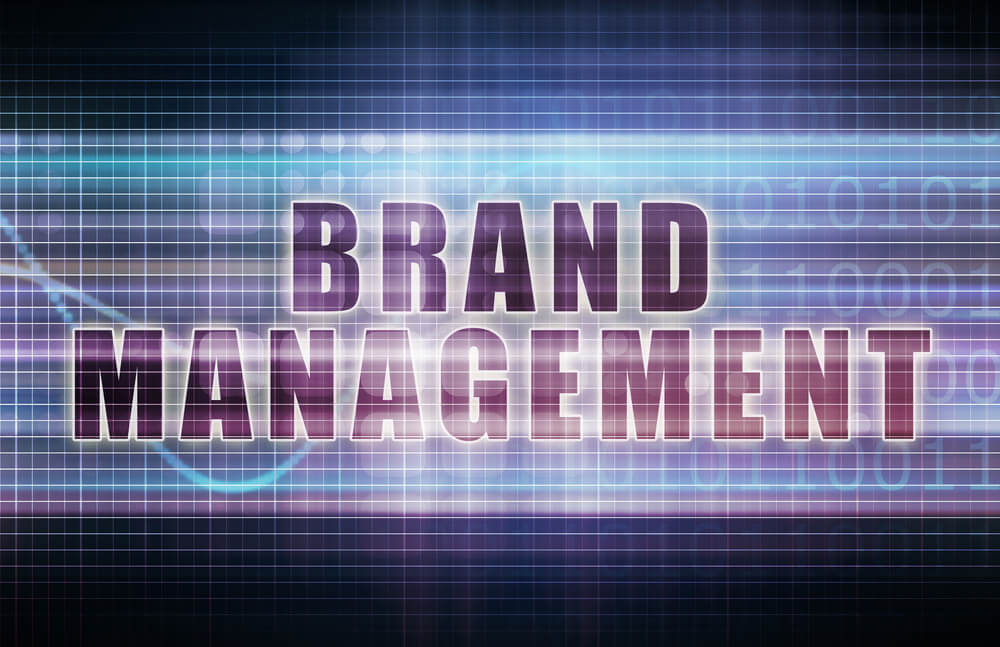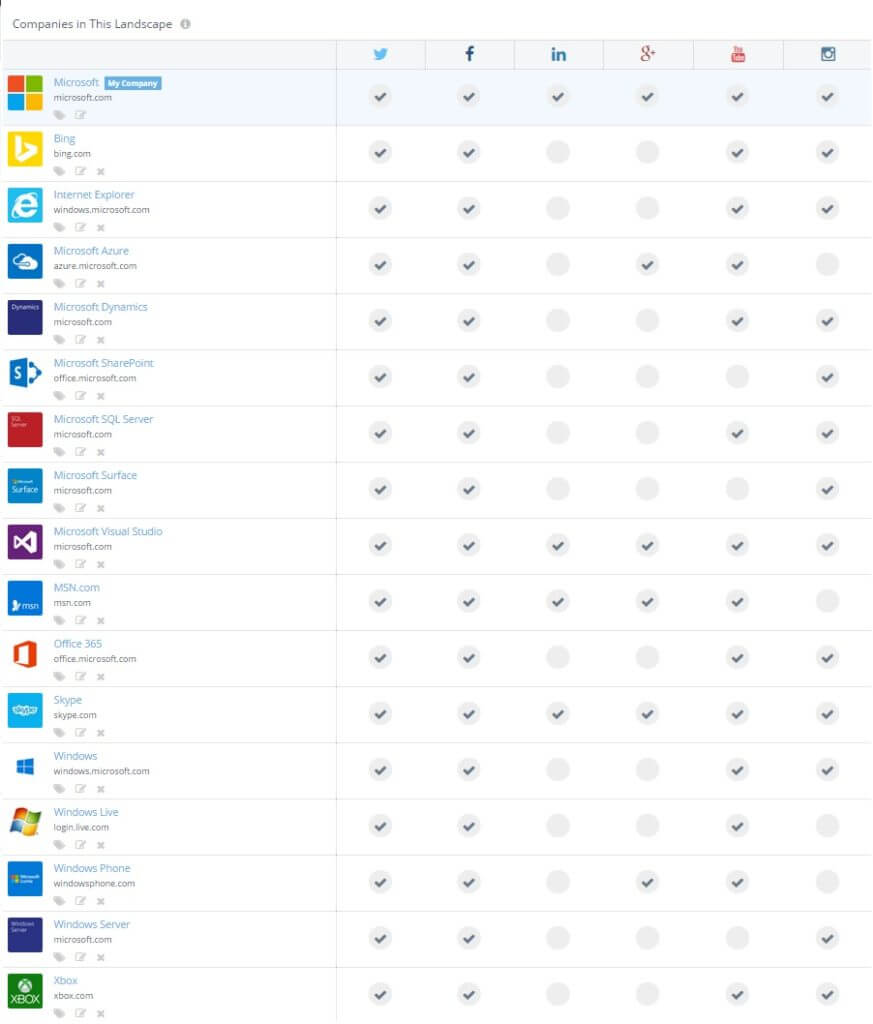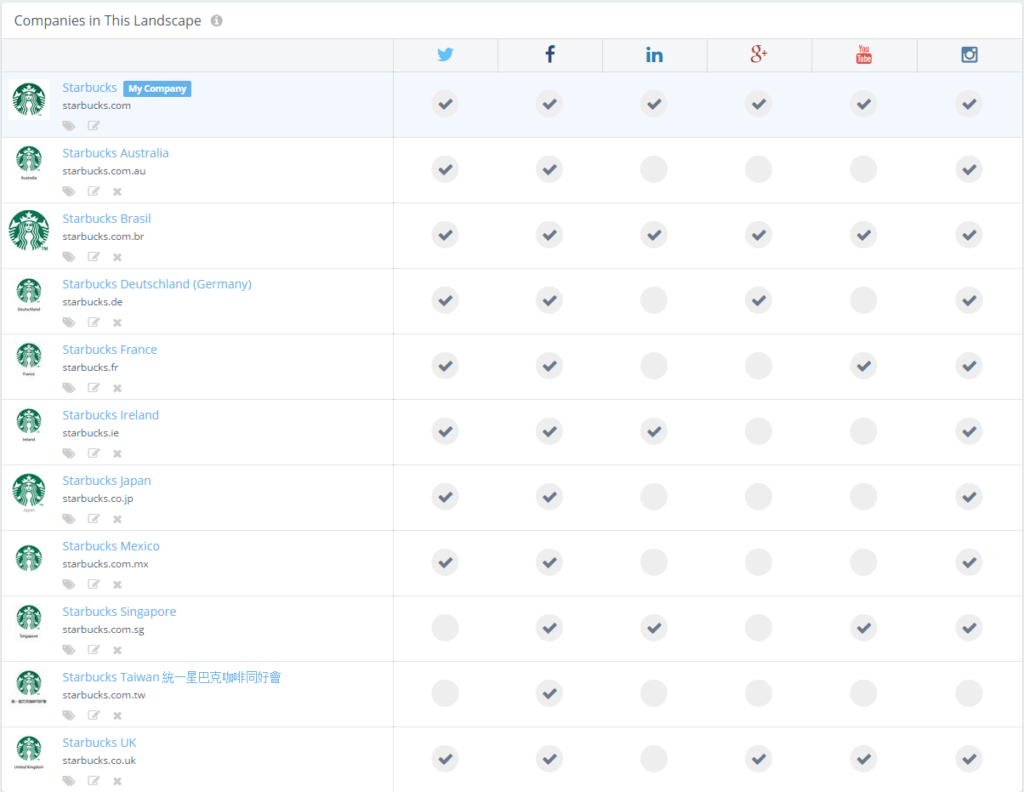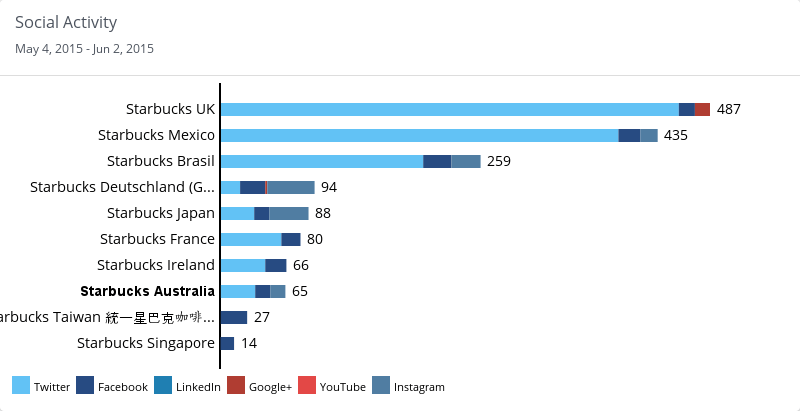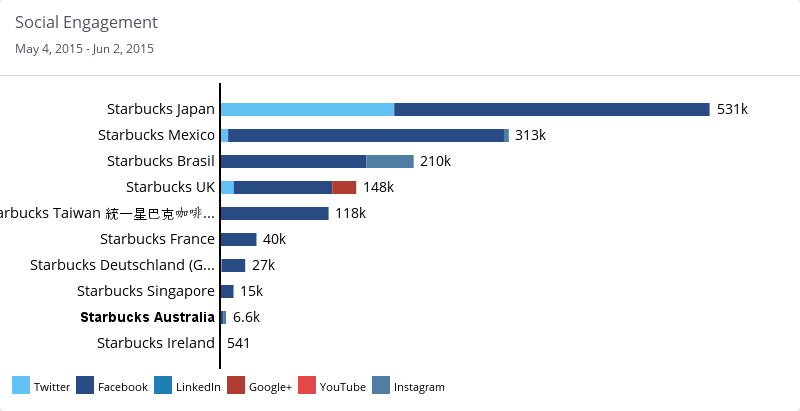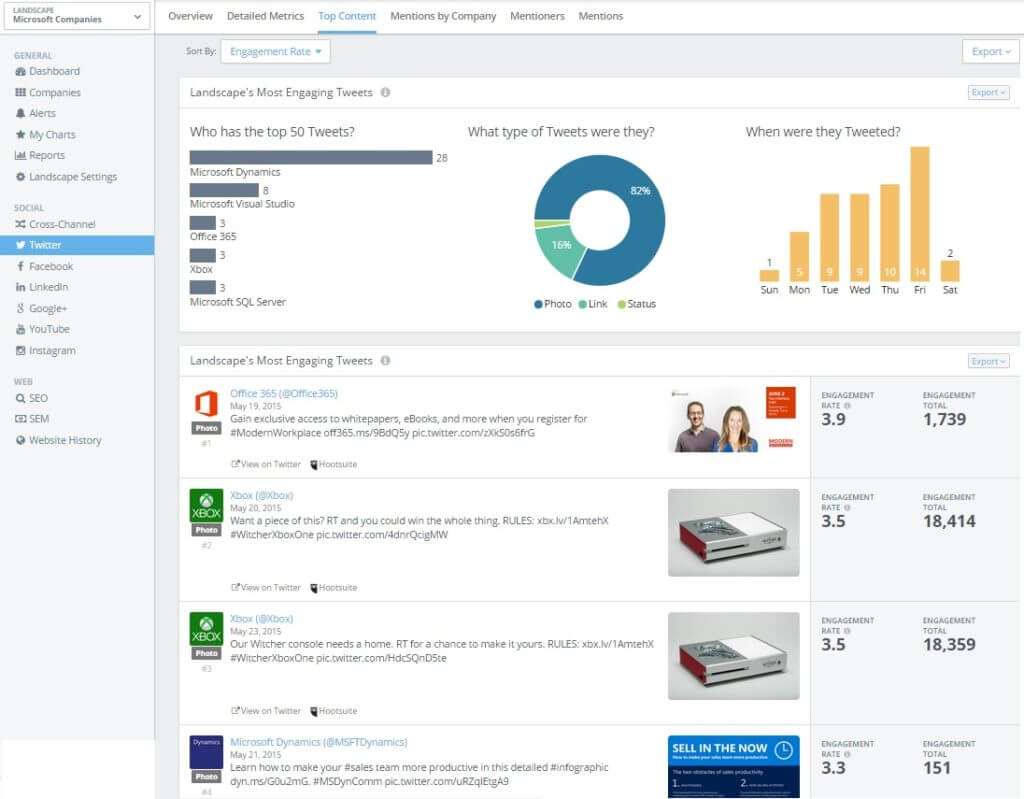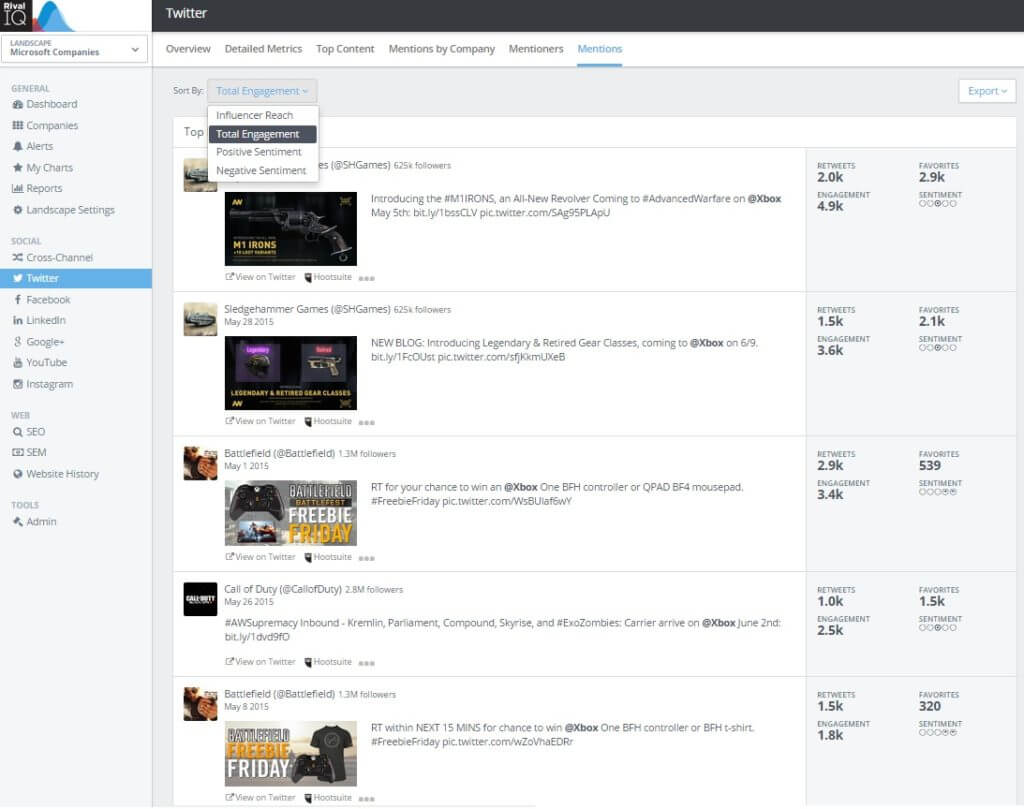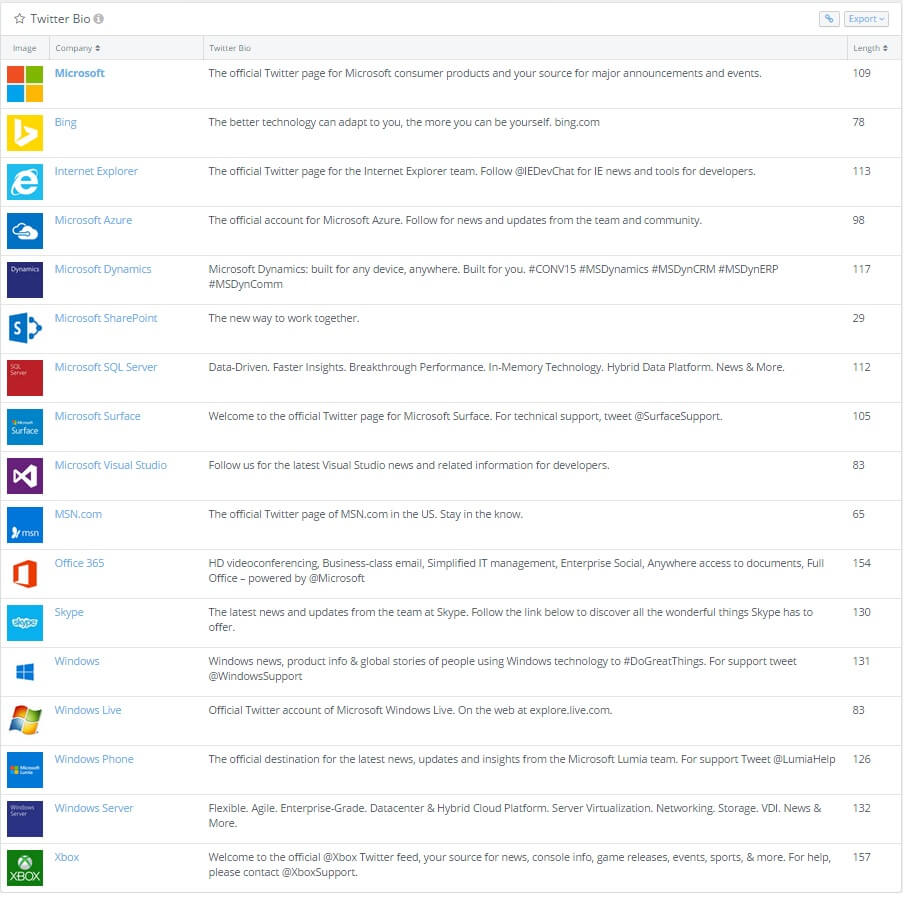Social media marketing for a single company brand and one or two products is complex enough across multiple channels. You need to keep your branding consistent and professional, maintain a clear brand voice and personality, and work consistently to build strong engagement with, hopefully, a growing fan base.
But if you own marketing or social media for a company with multiple brands, geographies or personalities, the complexity and potential for branding failure is high.
This is why I am encouraging our customers to use Rival IQ’s powerful comparative engine not just for competitive marketing intelligence on social media, but also for enterprise social brand management. In other words, you create a group of your brands or geographies to compare against each other.
What’s the Value of Social Brand Management?
You might be saying, oh, I can totally track all of our brands on the social media channels themselves. Maybe. But the advantage of using Rival IQ to do this is you can do it one place, quickly and easily, and not only make sure everyone is following brand standards but you can also learn from each other.
Top 6 Reasons to do Social Brand Management
1. Fast brand audit to measure compliance
2. Maintain consistent and strong cross-brand, cross-geo social profiles, based on best practices
3. Share best practices on content, engagement and influencer strategy
4. Track negative comments on social media, and plug in your PR team as needed, early
5. Develop, track and report cross-company social metrics to show overall performance
6. Make it easy for customers to find what they are looking for on social
How to do Social Brand Management using Rival IQ
In Rival IQ, all analytics and content revolve around a Market Landscape, which is basically a group of companies, brands or people you want to compare against each other.
Step 1: Create a Cross-brand Landscape
You can create a Landscape of all of your cross-company social brands. I love searching the social networks, in addition to using the known or approved social handles, as you often find “unapproved” or “rogue” usage of your brand on social media. You might want to add those, too, so you are seeing what is happening with those, assuming you can’t shut them down.
The example here is a collection of Microsoft products/brands.
You can see from this Landscape that most of the brands are on Twitter and Facebook, but the other channels are “spotty” so to speak. One of the strategic areas this can quickly inform you is whether you have a clear company-wide plan or guidelines about where brands should have a presence. For example, should only the main corporate brand be on LinkedIn? Should everyone have a Google+ to help with search results?
In addition to cross-brand, you could set up a Landscape of all your geographic handles worldwide. This way you could ensure that your company is maintaining a consistent brand framework and social nomenclature throughout the world. The example below is a collection of some of Starbucks’ global locations on social media.
What’s cool with Rival IQ is that you don’t have to use a website address as the URL for each brand – we also allow a Twitter handle URL or a YouTube page URL to be entered for each profile you add to a Landscape.
What’s interesting to see from this Landscape is how Starbucks is focusing primarily on Facebook and Instagram around the world, with Twitter also heavily used. This is very typical of a B2C (business-to-consumer) market. However, you can also immediately see some variance in logos, which could be an area the company could fix immediately.
Step 2: Analyze Cross-Channel Social Performance
One of the benefits of a cross-company Landscape is really tracking what’s working and what’s not working in social media.
You can see which brands or groups are really doing a great job of building their fan base, influencer marketing, meaningful activity and engagement.
One of the most important metrics to target and track is social engagement. Depending on how comparable your global brands are in terms of marketing budget, fan base and activity, you can choose whether to compare total engagement or the more rationalized engagement rate.
Step 3: Evaluate Top Social Content
Beyond the metrics, you want to really dig into the content to see how your brands are earning fan engagement on social media. With Rival IQ, you can analyze what we call “top content” either by cross-channel (an aggregate view across top networks) or by individual social network.
Since all the Microsoft brands are active on Twitter, I am using top Twitter content for my example. Rival IQ pulls the top 50 tweets for the time period you select (in this case, last 30 days) and sorts it by engagement. For this, I chose Engagement Rate. We can see that Microsoft Dynamics is doing the best job of engaging with its Twitter followers, followed by Visual Studio.
The most important thing with Top Content is learning best practices. What did your colleagues do to earn engagement, and how can others learn from their success? How can you develop best practices around this evaluation, such as using images with Tweets (over 80% of the most engaging Tweets included an image!).
I can also learn how contests can work on Twitter to earn engagement. Xbox showed a great example of this, which gave this brand over 18,000 interactions on a single Tweet. Wow!
You could also use this report to celebrate successes. Maybe you can create a weekly Top Content “shout out” or email blast to your cross-company marketing teams, showing whose content really did a great job on social and what the team can learn.
Step 4: See Who’s Talking About Your Brands on Social
In addition to keeping track and learning from top content, you also want to make sure you know who is talking about your different brands. Rival IQ makes this super easy, especially on Twitter.
The Twitter Mentions reports enable you to quickly understand and analyze each brand’s total potential reach on Twitter based on top influencers.
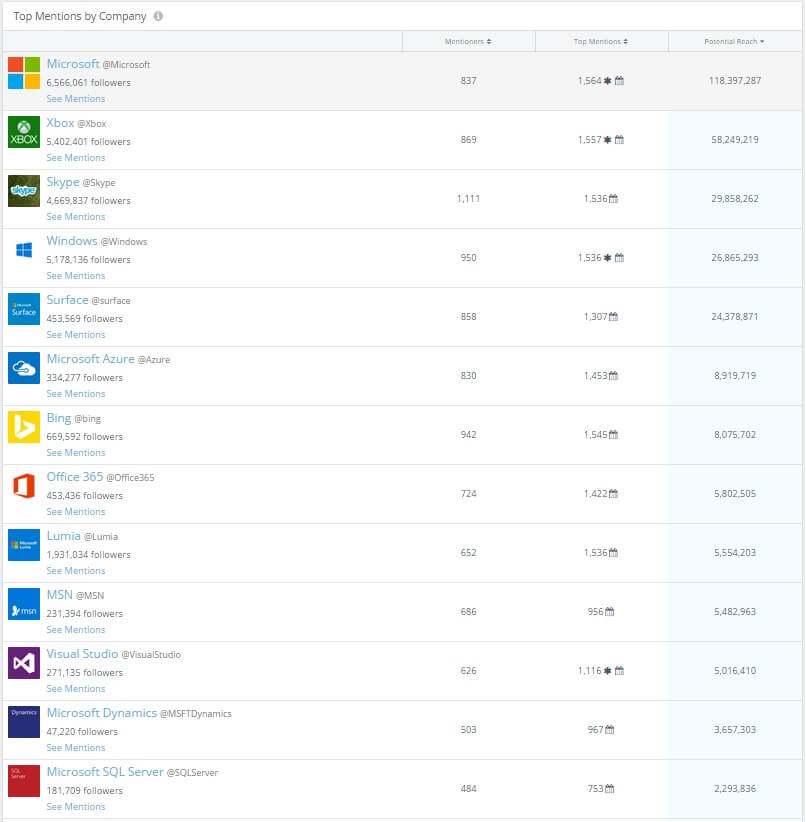
This report shows Top Mentions by Company, telling you quickly number of mentions, mentioners and potential reach.
Then, you can dig in by mentioner, and look at who is tweeting about your brands. You can also find key influencers you are not yet following and follow them straight from the tool!
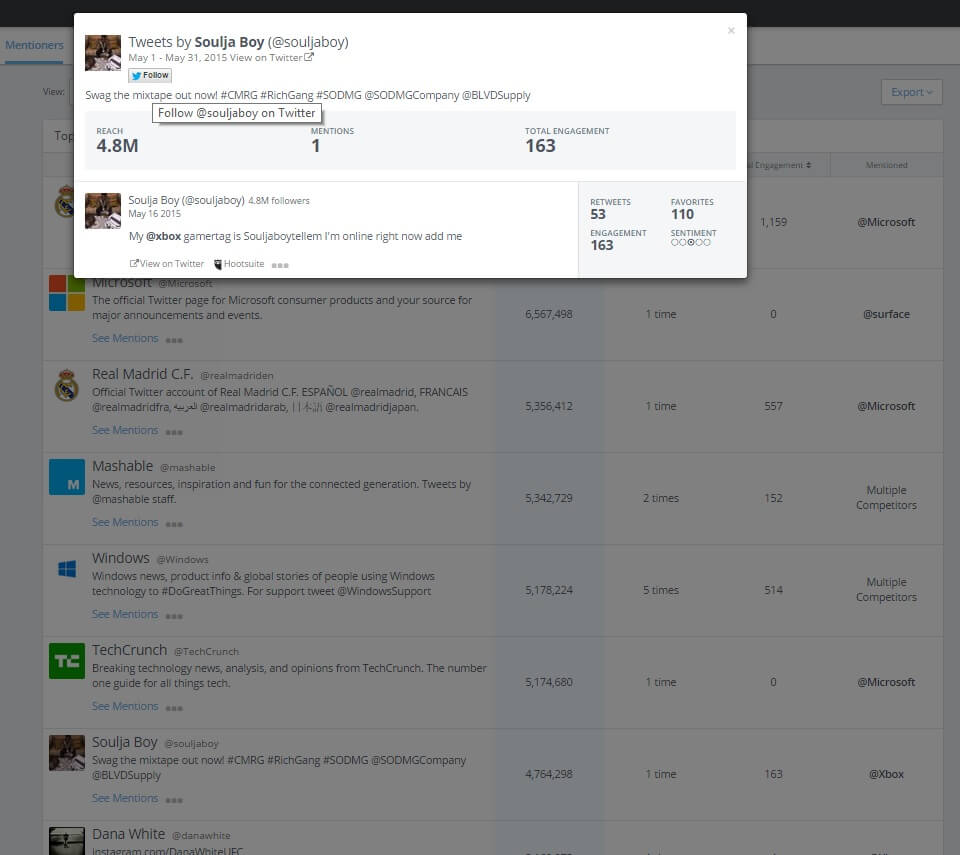
In the top mentioners report, you can see who is talking about your brands, and you can follow them straight from the tool.
Finally, you can view by the Tweets from the top influencers, sorting by reach, engagement or sentiment. This is a great report to track on a regular basis to make sure you know both positive and negative commentary going on about your brands.
Step 5: Do a Cross-Company Social Positioning Audit
Rarely do companies pay enough attention or optimize their social bios on the networks. This needs to be a focus of your social brand management. Make sure your brands are making the most of their profiles. Many social users are now searching for products, services and companies within the social networks themselves – not just on search engines like Bing or Google, so you want to think of your social bios like you would your meta description on your website.
As part of this, you will probably want (and need) to set some new guidelines and content best practices for updating and optimizing social bios.
Here are some suggestions for positioning guidelines:
- Use the full allowed character count for each social networks. For example, Twitter allows up to 160 characters. Few of the Microsoft brands above are optimizing for this length.
- Use hashtags to help drive search results and relevance. What are the top key words for your business or product. Use them on social media (Twitter, Facebook, Instagram, Google+ and YouTube all leverage hashtags).
- Use a standard way of mentioning the “mother ship”. While each brand or geo might have it’s own key terms, hashtags or description, establish a standard way of showing all these brands are part of the same company. I like the way Office 365 does this on Twitter by saying “Powered by @Microsoft”. If I was managing Microsoft’s social, I would set a guideline that every brand use this simple but powerful statement along with the corporate Twitter handle.
- Use only approved corporate branding and logos. It’s amazing that teams will not use approved branding, but it happens, so make sure you establish guidelines for this also.
Step 6: Establish guidelines and metric targets
Beyond guidelines for social profiles, you should create set policies and guidelines for social media overall for your company. This is not intended to stifle creativity or micromanage, but rather set some parameters that ensure brand consistency while empowering your social media managers to be creative and try new things for their brand or location.
You will also want to establish target goals and metrics for the teams. Create a scorecard all social media managers can use to track and report their success.
Some of the top guidelines and metrics I recommend include:
- Target social channels – some networks just may be completely inappropriate for your brand. Or maybe you want all your brands to be on Twitter, but then they can choose the others. Maybe you want to limit all brands to the top 3 networks for their market. Whatever it is, make your guidelines clear.
- Target engagement rate – this should be relevant for each network. For example, 1% engagement rate on Twitter is rocking it, but on In
- Target activity per social network (every network is different)
- Image guidelines – provide clear and helpful guidance on what size and resolution to use on each network. It varies a LOT!
- Voice or branding guidelines
- Customer support guidelines – can social media managers respond to complaints? If so, how?
If you have an Intranet or Wiki at your company, make all of the metrics and guidelines easily accessible for everyone.
Step 7: Manage Ongoing Cadence of Reporting and Sharing
Now that you’ve done all the groundwork, keep the momentum going! Have a weekly or monthly meeting with all the social media managers to share best practices, updates to guidelines and review the metrics.
Make sure and use this opportunity to congratulate the top content winners of the period and share their success secrets!
Implement Social Brand Management at Your Company
Now you are ready to really move the social media strategy and brand management forward for your organization. If you don’t have someone designated within your brand or social team to manage this cross-company initiative, then start with an organizational update!
Share in the comments what you are doing for best practices to manage this growing area of brand management.

